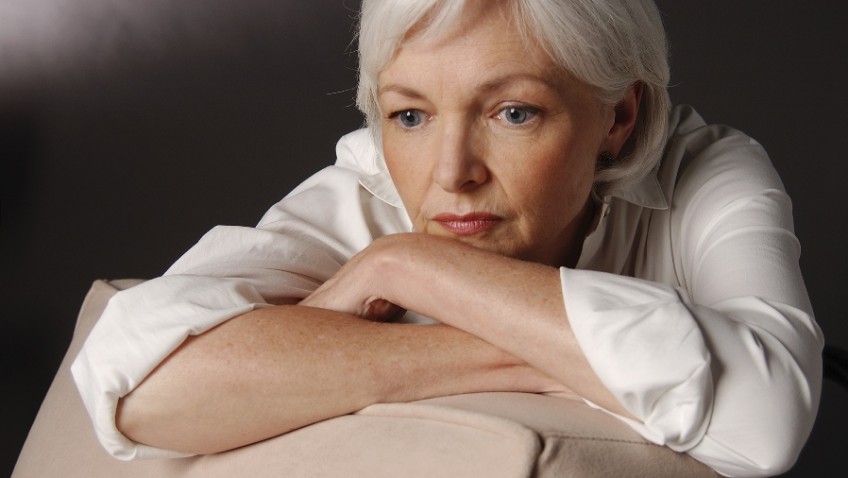The new and much-vaunted flat-rate state pension is now with us, thanks to the latest round of pension reforms. However, the brunt of the changes has fallen upon some half a million women born in the 1950s, who face a steep rise in pension age. They feel cheated of the secure future they had a right to expect, and many are facing an impoverished old age.
For these women, many of whom are now in their early 60s, the goalposts were first moved in 1995 when the Government decided to equalise the state pension age for women and men at age 65. The Department for Work and Pensions failed to notify women individually, and 14 years elapsed before, in 2009, they began to write to those affected.
The mailing was halted in the run up to the 2011 Act, which accelerated the increase to age 66, and began again in 2012. For women by then in their late 50s and expecting to retire at age 60, it came as a shock to discover not only that their pension age had been deferred by as much as six years but that it was also far too late to plug the savings gap.
The Women Against State Pension Inequality (WASPI) campaign, which is asking for fair transitional arrangements, has garnered huge support from Opposition MPs and interest groups, but the Government has so far stonewalled it. Its response is that there is no money available – despite the National Insurance contributions these women have paid – and therefore they must work longer. Some will be able to – and indeed may even wish to work longer – but only if they are fit and healthy.
Working longer – or working at all – will not be possible for all. An employment history of part-time, low-paid jobs is fairly typical for this generation of women. They raised children at a time when childcare was at best patchy and at worst non-existent.
They have been carers for elderly parents, and child-minders for their grandchildren. They have few of the skills that employers now look for. Moreover, few will have sufficient qualifying years – now raised to 35 – for the full flat-rate pension of £155.65. For years to come, a much lower percentage of women than men will qualify for the full amount, and under the new rules women can no longer top up their contributions with those of a deceased spouse or partner.
Women of this generation are surely the last for whom a low-paid job then marriage and motherhood were held out as the pinnacles of achievement, but those who had careers did not have it easy either.
Their pay was often much less than men’s, and they were usually excluded from workplace pension schemes. This generation has benefited little from the social and legal changes that have improved the lot of working women; and yet they are now being asked to shoulder much of the burden of equalisation with men.
The House of Commons Work and Pensions Committee recently suggested a cost-neutral way to mitigate the situation by allowing these women to draw their pension earlier than their state pension age, but at a reduced rate that would last for life. It offers no restitution of the £30,000-plus of pension lost to these women, and many fear that once locked into this low-rate pension they will be condemned to a future of scrimping to get by.
The Government says that pension reform is needed because people are living longer and so pensions cannot be afforded. Yet this does not give the whole picture. Average life expectancy is rising, but for many, increasing longevity has stalled, a result of worsening health for many older people. The Chancellor’s last Budget contained many giveaways, so it is clear that there is money in the pot.
The 1950s women are already keenly feeling the effects of the shortfall in their pensions. They need fair treatment and they need it urgently.
For more information about the changes, the campaign and what you can do if you are affected, go to facebook.com/WASPI or https://petition.parliament.uk/petitions/110776




